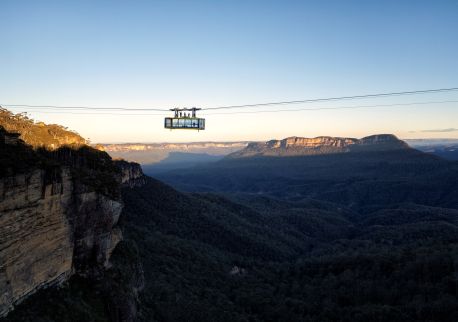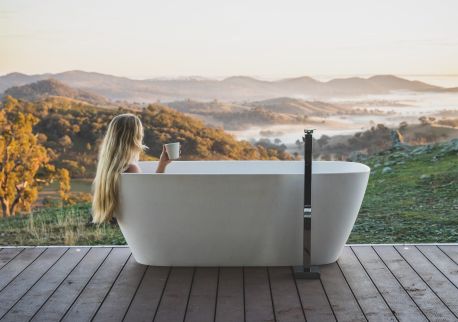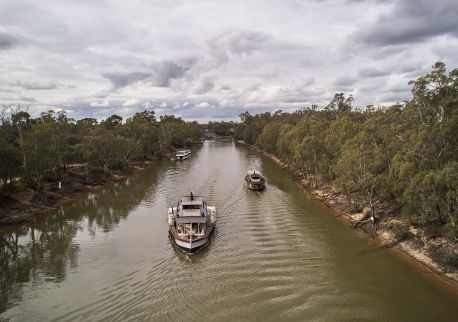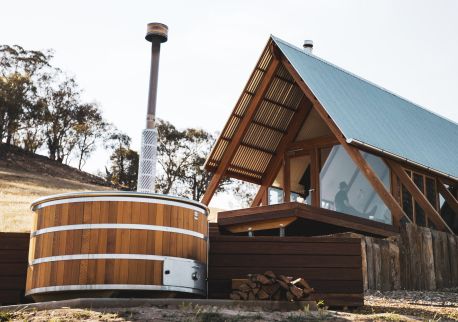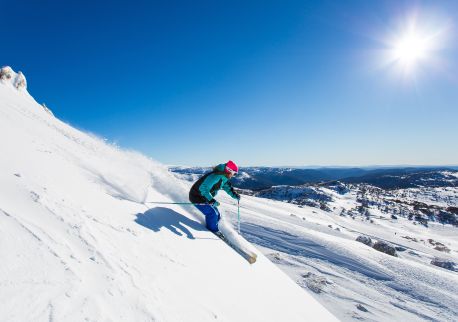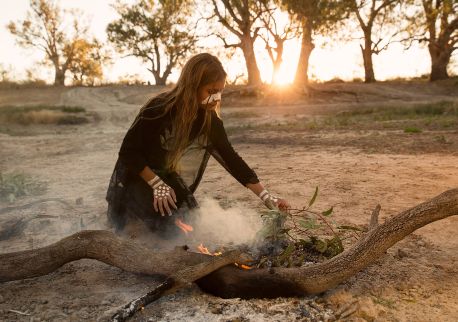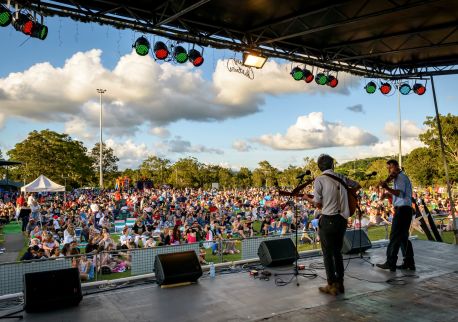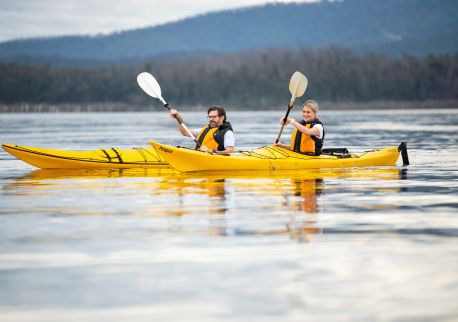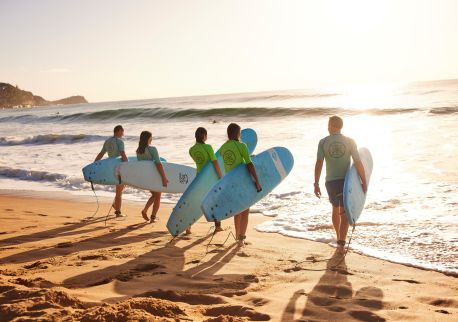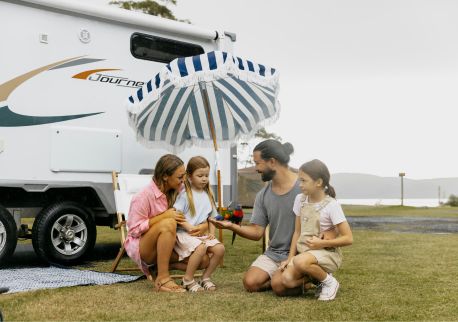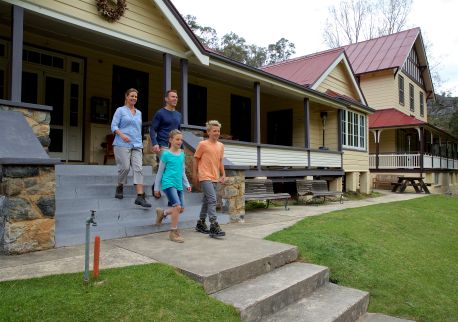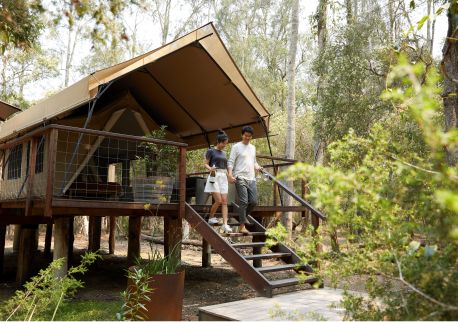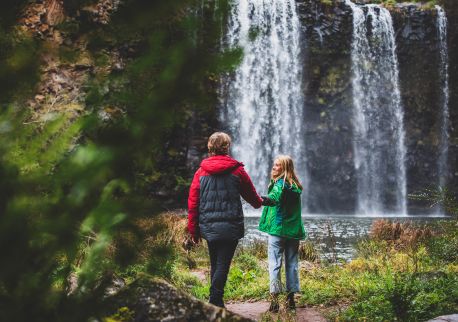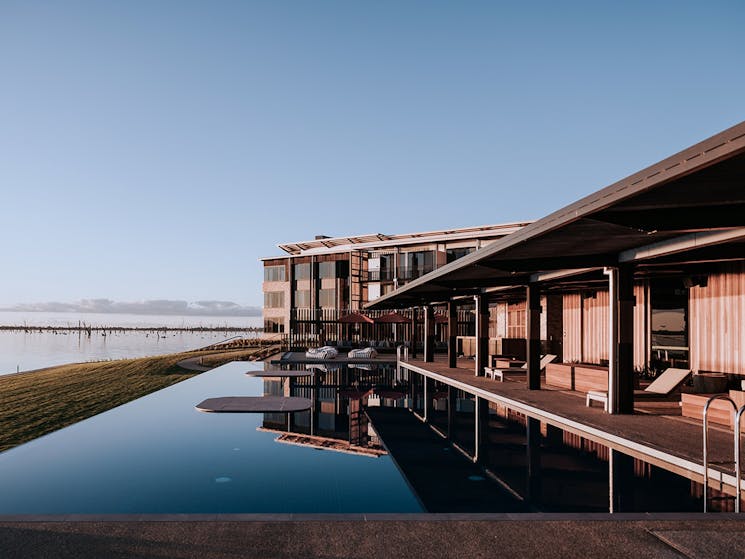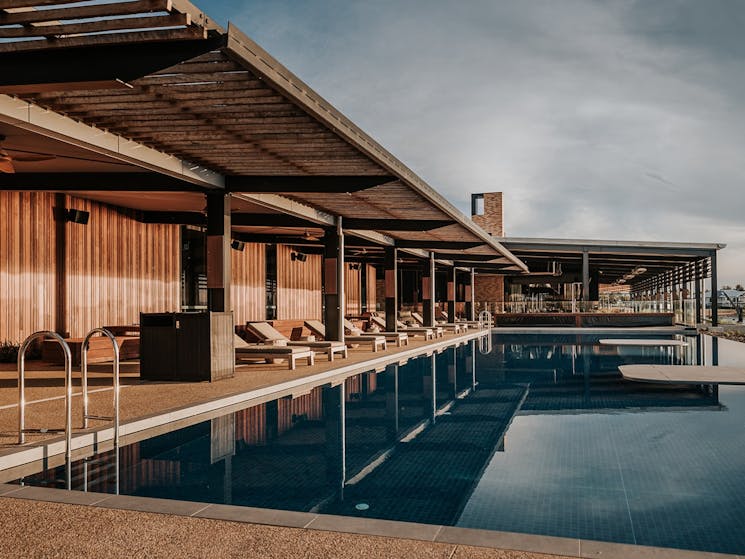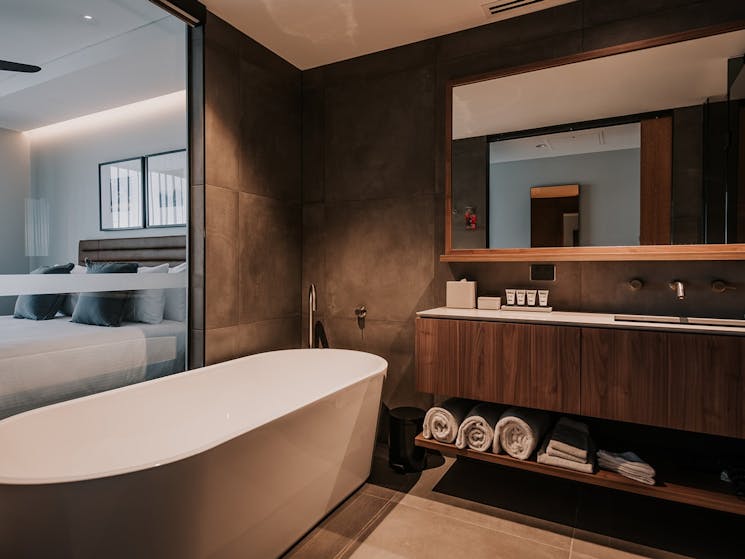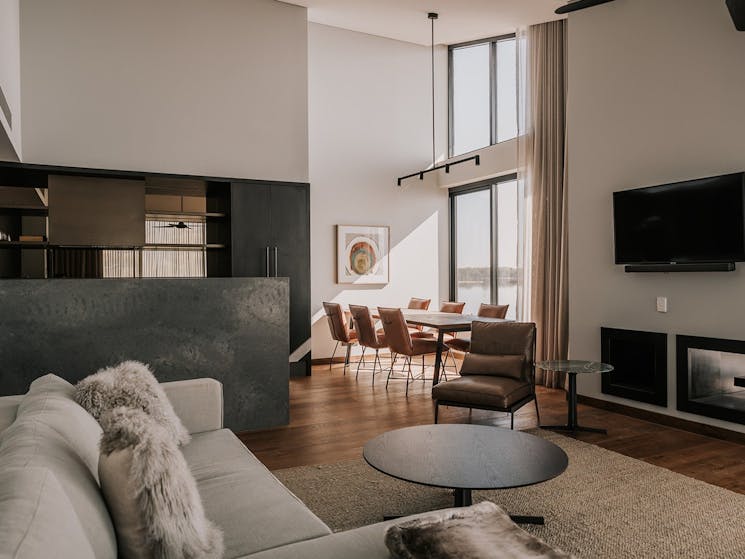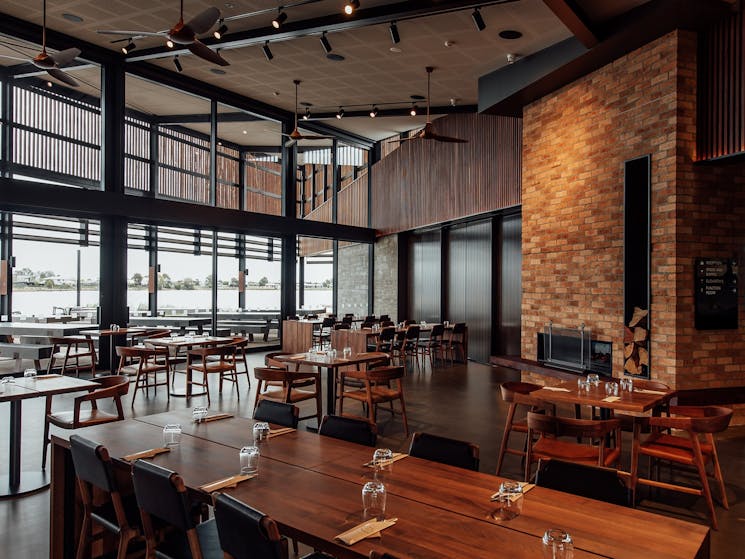The Sebel Yarrawonga
Overview
The Sebel Yarrawonga is a boutique hotel in Yarrawonga, on the banks of picturesque Lake Mulwala in North East Victoria. At the heart of the experience filled Sun Country, there are activities to impress epicureans and adventure seekers alike.
Accommodation features a choice of stylishly appointed studio rooms featuring spacious balconies with views to the lake or gardens, or luxurious apartments, equipped with gourmet kitchens, where guests can be nourished by a gourmet chef prepared dining experience or self cater at their leisure.
If you are in need of a relaxing getaway, stay in and relax with a customised treatment at Sol Wellness Day Spa or cool off poolside with one of our signature cocktails at the Sunset Bar.
Conference and event guests at The Sebel Yarrawonga will be engaged in contemporary warm spaces designed to adapt to our guests needs. Foodies will love Stock & Barrel or Elizabeths, featuring locally sourced seasonal produce, or perhaps explore the nearby Rutherglen wine region and Farm Gate Trail. Black Bull 18-hole Championship golf course, watersports, and an exciting emerging art scene, including the Silo Art Trail, are at your doorstep.
Yarrawonga on Lake Mulwala and the Murray River is the perfect destination to explore Northern Victoria.

